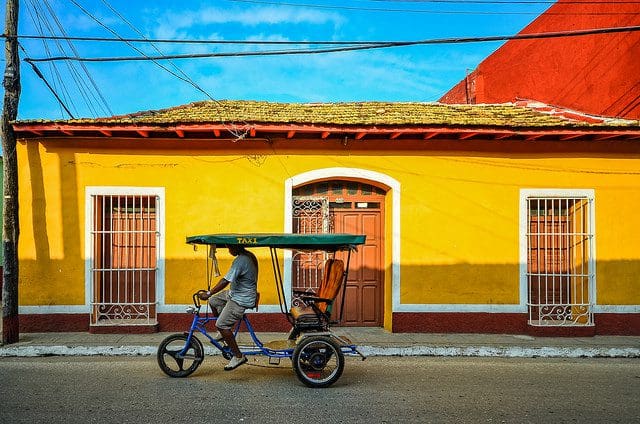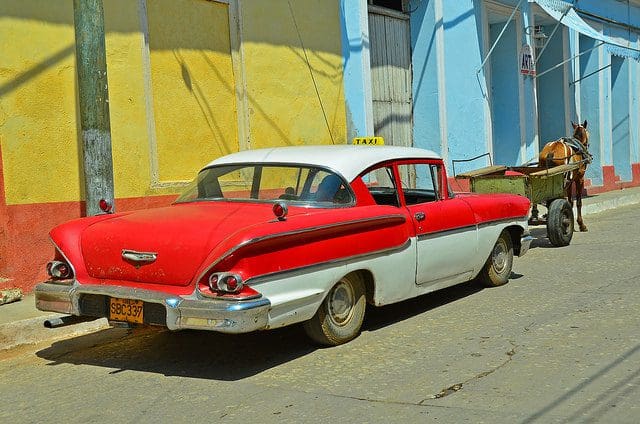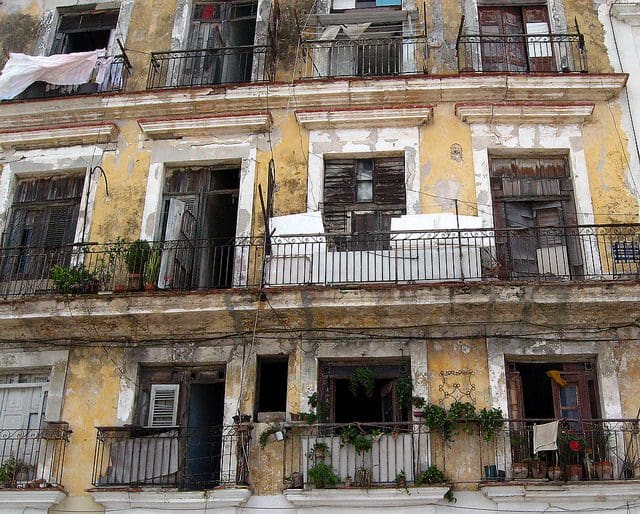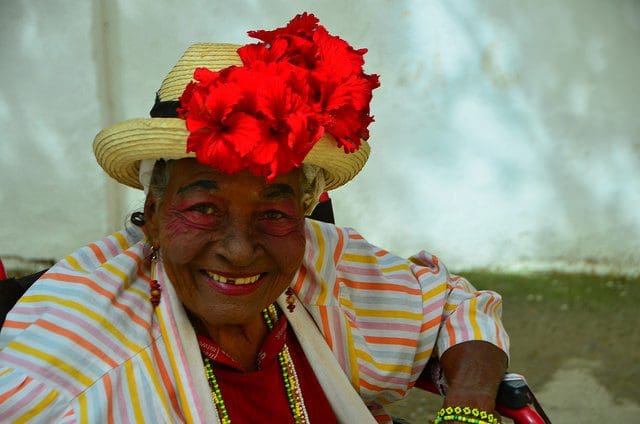After the easing of a 50-year travel embargo, Americans can finally visit Cuba legally to experience its frozen-in-time culture, distinctive music, and colonial architecture. That’s not to say “tourism” as we know it is allowed, though. Americans can only go to Cuba for 12 specific reasons, one of which is a People to People Educational Exchange through select licensed tour operators.
People to People trips have full-time structured itineraries of cultural activities that encourage meaningful interactions with the Cuban locals. You’ll meet tobacco farmers, local artists and historians who each share their own story about the Cuban lifestyle. You’ll see salsa dancing in the streets, hear the rhythms of musicians, and taste the flavors of the island. While travelers from other countries may have more independent options for exploration in Cuba, Americans really do have to stick to the scheduled activities.
Personal Impressions of Cuba
Covington Travel’s President and CEO Josée Covington visited Cuba in 2014 with several family members on Tauck’s 8-day People-to-People educational exchange. In her words:
“Cuba is a marvel of indomitable spirit. After over 50 years of braving the US embargo, Cuba’s people have few luxuries, yet they are highly educated, well-dressed with healthy lifestyles and life spans well into the 80s and 90s. Most impressive are their artistic and cultural initiatives. There is an abundance of music, ballet and visual arts instruction at a very young age and talented artists perform the world over. Architectural treasures are everywhere, though some of them are in dire need of repair.
“Cuba, now under Raoul Castro’s rule, has loosened its private enterprise policies. For instance, individually-owned businesses have opened and are flourishing. Of course one of the anticipated joys about traveling to Havana is to actually see and ride in one of their mint-condition 1940’s and 50s automobiles – ours was a 1954 Chevy convertible. As we toured the city en route to a privately-owned restaurant, tourists and locals alike cheered us on with loud applause. It was so much fun! And the restaurant was first class – beautifully ‘Old World.’
“Conversations with private Cuban citizens all touched on the same theme: their wish for normal relations with our country and how much they loved the American people. ‘Please,’ they all said, ‘when you get home, let your elected officials know how much we want to be friends and how important our relationship would be for US/Cuban businesses.’ I duly conveyed that message in person!”
Cuba is Culturally Wealthy, Economically Poor
Cuba has a wealth of cultural heritage in its people, land and historical architecture. UNESCO has deemed nine properties throughout the island country important enough to inscribe them on the World Heritage List and has three additional sites on the tentative list. The old center of Havana, founded in 1519 by the Spanish, is one of those. It retains a mix of Baroque and neoclassical monuments, as well as private houses graced with balconies, wrought-iron gates and internal courtyards. Unfortunately, the magnificent colonial architecture is decaying at an alarming rate, but thankfully, with the re-emergence of private enterprise, some restoration is beginning to take place and spread beyond government buildings.
Cuba remains an economically poor country. The average annual income is only $40 per month and ration booklets allow Cubans to purchase basic necessities. In the city, crowded living conditions prevail with multi-generational families living together in small apartments, but there is literally dancing in the streets and many cultural arts thrive.
In the agricultural area of Viñales valley, another UNESCO site, a rich multi-ethnic society farms using traditional techniques in fields surrounded by dramatic rocky outcroppings. While these farms continue to successfully produce tobacco using ox-drawn plows and wagons, the 19th-century coffee plantations in the foothills of the Sierra Maestra in eastern Cuba have largely been abandoned because they could not compete against newer agricultural techniques used elsewhere on the world market. 171 historic coffee plantations have also received World Heritage status and while coffee production did not survive, the distinct regional culture of French and Haitian music, dance and gastronomy does continue to this day.
Interestingly, literacy in Cuba is 97%, thanks to Fidel Castro’s initiative to educate the people. Tens of thousands of teachers and volunteers took literacy to the people throughout the countryside and the program was so successful, Cuba has actually shared it with other developing countries.
Why Visit Cuba?
Many Americans are anxious to visit Cuba before the “time capsule” moves into the 21st-century. The rhythms of the island nation are omnipresent in guitar troubadours, the soulful/jazz sound of the Buena Vista Social Club and impromptu dancing. Local cuisine is always a favorite way to experience a culture and delicious Cuban flavors go far beyond the Cubano sandwich and a mojito.
Time travel, passionate music and traditional tastes are each valid reasons for visiting Cuba, but for many, the most enthralling draw is the enduringly resilient people. Cubans are survivors with a positive spirit and a genuine desire to rekindle cultural and economic trade with the U.S. They welcome your visit and want to share their rich Cuban culture with you.
For legal travel options to visit Cuba, please contact a Covington Travel Vacation Advisor.
All images graciously shared by Bud Ellison.










Leave a Reply